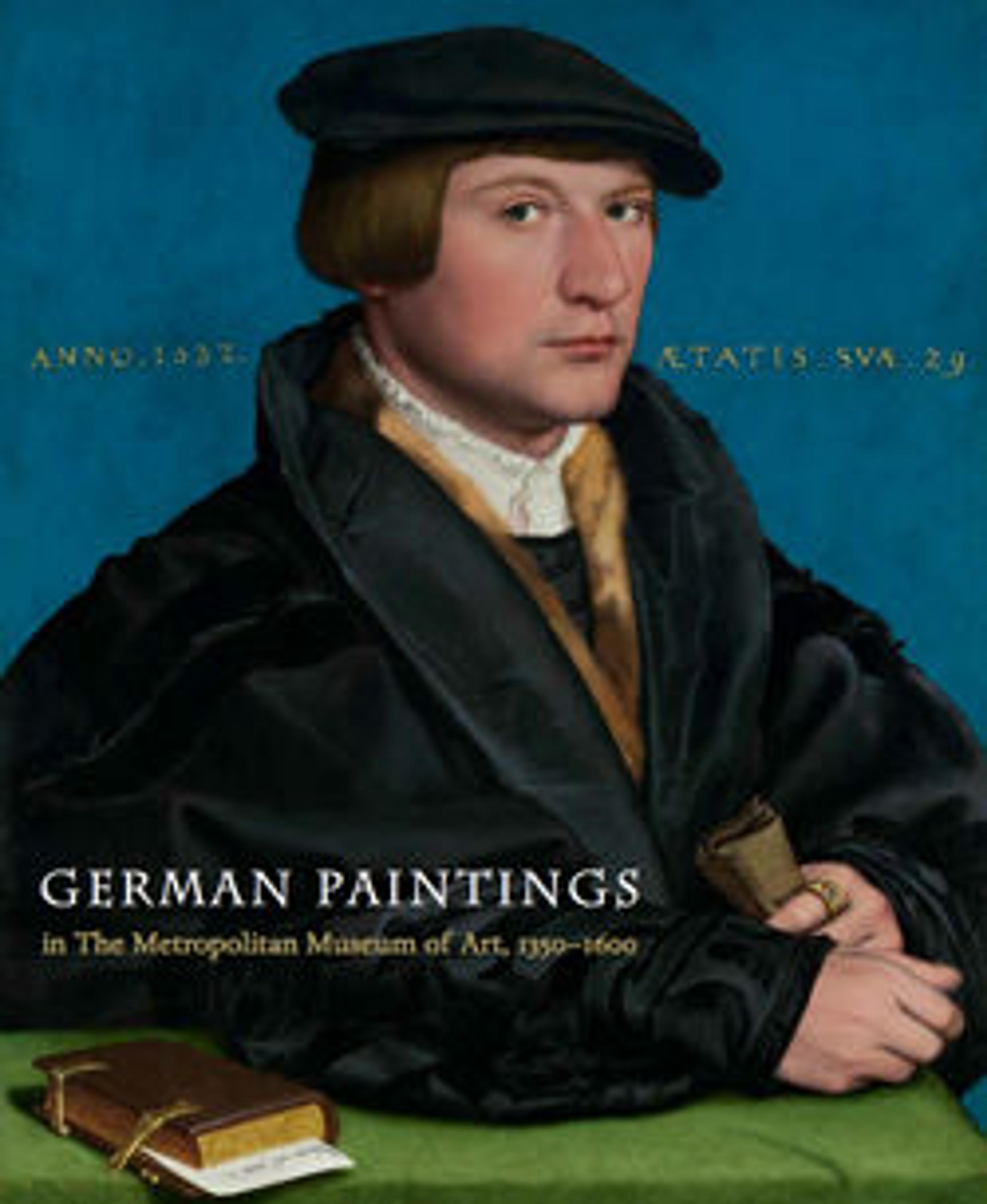Virgin and Child
At first glance, this small painting seems to represent simply the Virgin’s loving attention to her Child, wriggling on her lap. Certain details, however, subtly foreshadow Christ’s sacrifice: Mary’s red dress and cloak signal the color of Christ’s Passion, and her right hand, which is gripping the cloth taut beneath the Child, recalls the actions of Joseph of Arimathea and Nicodemus, who supported the weight of the dead Christ on a white burial shroud after the Deposition from the cross. The paint surface is unfortunately severely abraded, but what little remains of its original appearance supports Dürer’s authorship.
Artwork Details
- Title: Virgin and Child
- Artist: Albrecht Dürer (German, Nuremberg 1471–1528 Nuremberg)
- Date: 1516
- Medium: Oil on spruce
- Dimensions: 11 x 7 3/8 in. (27.9 x 18.7 cm); set in panel 11 x 8 1/4 in. (27.9 x 22.2 cm)
- Classification: Paintings
- Credit Line: Gift of J. Pierpont Morgan, 1917
- Object Number: 17.190.5
- Curatorial Department: European Paintings
More Artwork
Research Resources
The Met provides unparalleled resources for research and welcomes an international community of students and scholars. The Met's Open Access API is where creators and researchers can connect to the The Met collection. Open Access data and public domain images are available for unrestricted commercial and noncommercial use without permission or fee.
To request images under copyright and other restrictions, please use this Image Request form.
Feedback
We continue to research and examine historical and cultural context for objects in The Met collection. If you have comments or questions about this object record, please contact us using the form below. The Museum looks forward to receiving your comments.
